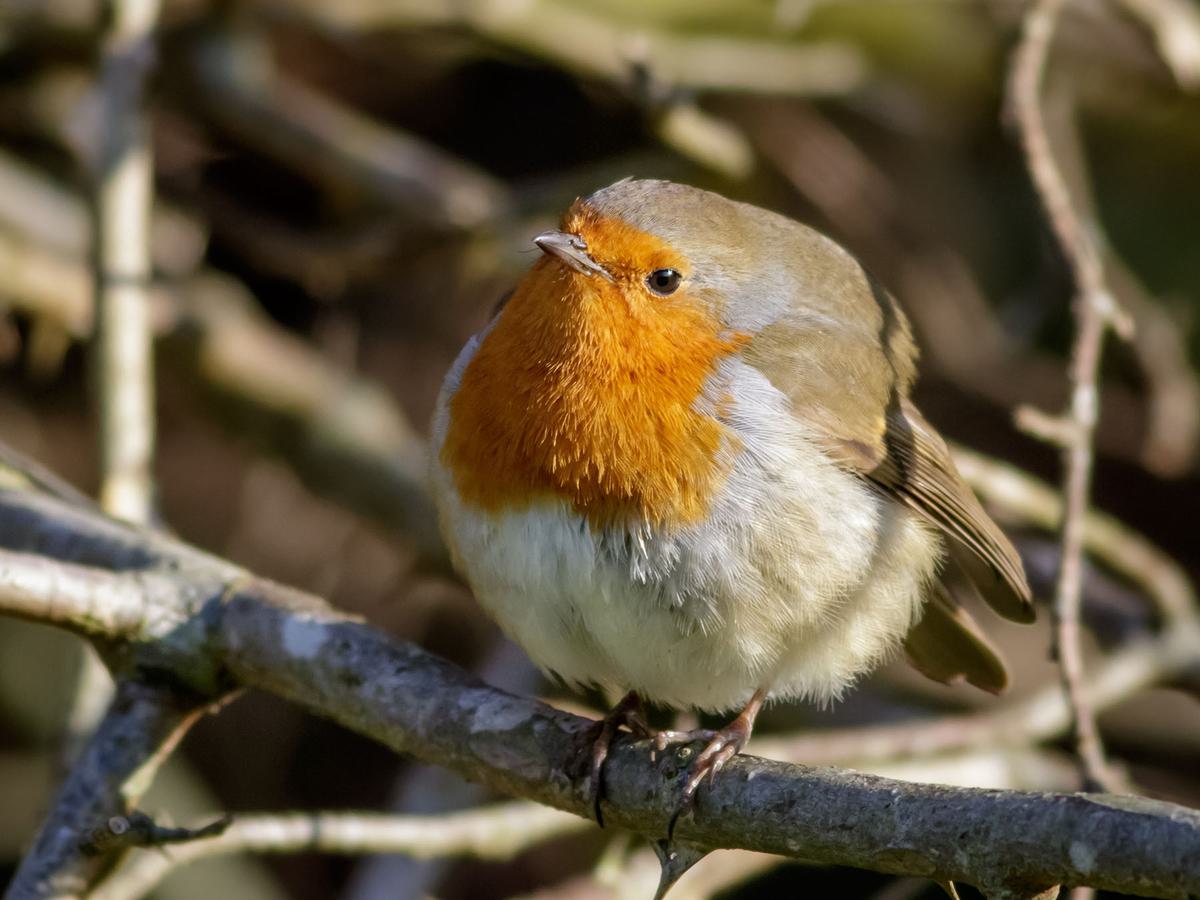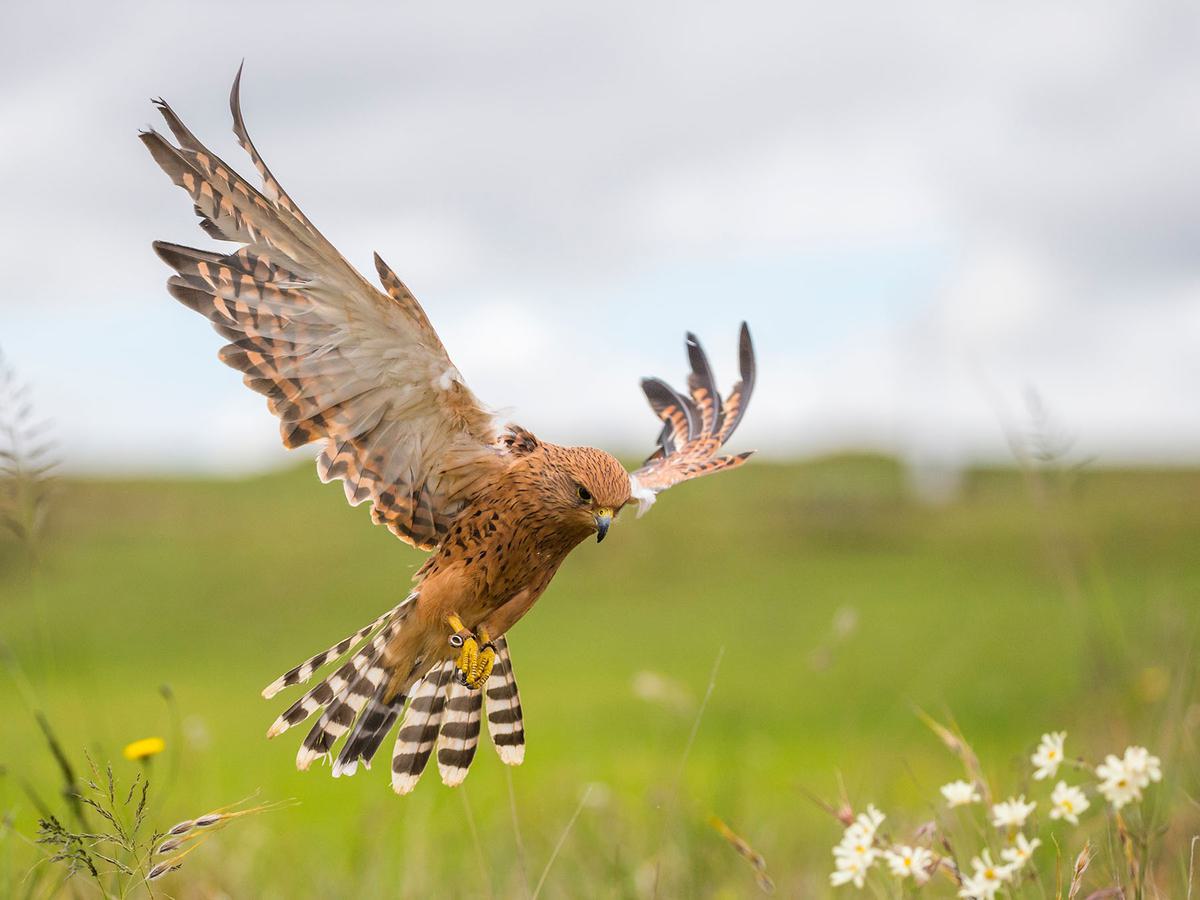Air Sac System of Birds

Picture a bird perched on a branch as it observes the world around it. You may see it glancing around nervously, diligently preening its feathers, or even singing a cheerful melody, but you probably can’t see it breathe.
Within its body, air is following a fascinating and complex path from beak to lung and back, aided by a system of structures we don’t have – the air sacs. Air flows through avian air sacs in a coordinated, one-way route, evolved to extract all the oxygen they need whether resting on a perch or speeding through the skies.
In this guide, we’ll be exploring the air sac system. Read along to discover the importance of these remarkable avian adaptations.
Anatomy of the Bird Lung
Structure Overview
Birds have two lungs, positioned side by side and roughly centrally in the body. Each lung is a compact structure with a roughly triangular or wedge shape. Bird lungs are rigid and fixed to the ribs and vertebrae. Unlike mammal lungs, they do not expand and contract during ventilation.
Air Sacs
Birds have a system of expandable, transparent air sacs that surround the lungs. Their number varies between seven (e.g., Turkeys) and eleven (e.g., Storks), although most birds have nine air sacs.
The air sacs can be characterized by their placement in the body and by the type of air they hold. Counterintuitively, the (posterior) air sacs behind the lungs fill first, holding oxygenated air during the first stage of the respiratory cycle. The anterior air sacs hold deoxygenated air after its passage through the lungs.
Arrangement and number of air sacs
Anterior air sacs
- A single clavicular/interclavicular air sac
- A pair of cervical air sacs
- A pair of anterior/cranial thoracic air sacs
Posterior air sacs
- A pair of posterior thoracic air sacs
- A pair of abdominal air sacs

Storks can have up to eleven air sacs
The Mechanics of the Air Sac System
Function and Flow
The air sacs are not vascular, so they do not provide a surface where oxygen (O2) and carbon dioxide (CO2) can diffuse in and out of the blood. Their primary role is to hold air during the various stages of respiration and ensure a constant supply of air for the unidirectional flow through the lungs.
Respiratory Cycle
The avian respiratory cycle can be described in four stages, or two inspirations and two expirations, which is very different from our two-stage tidal respiration pathway. Here’s how it works:
When birds inhale, air collects in the posterior air sacs below and behind the lungs. This oxygenated air only enters the lungs when they exhale, and that’s when the bulk of gas exchange occurs. On the next inspiration, deoxygenated air leaves the lungs and enters the anterior air sacs. Finally, air is expelled through the beak on the second exhalation.
This is a somewhat simplified explanation since some oxygenated air does enter the lungs on the first inhalation. However, it does illustrate the unidirectional, non-tidal flow of air through the avian respiratory.
Respiratory Efficiency and Oxygen Exchange
High Oxygen Demand
Birds are highly mobile and athletic creatures, capable of impressive feats of power and stamina. High-speed flight, running, swimming, hovering, pursuing prey, and long-distance migrations are all activities that create high oxygen demand.
Considering these typical bird behaviors and the naturally high avian metabolic rate, it’s easy to see why birds have evolved such refined respiratory systems.
Air Capillaries
The primary function of respiration is to exchange oxygen and carbon dioxide to and from the blood. In birds, this occurs at the interface of air capillaries and blood capillaries, which has some important benefits over our mammalian system of alveoli.
Avian air capillaries are much smaller than human alveoli (3-20 microns vs. 200-500 microns), and since the avian lung does not expand, they can be more densely arranged to create a significantly larger area for gas exchange in a relatively small organ. The air capillaries are also interconnected with narrow openings, unlike the blind-ending alveoli of the mammalian lung.

Hovering is one of the things that causes high oxygen demand - Kestrel hovering
Physiological Adaptations for Various Bird Activities
Flight
Avian air sacs have evolved to fit within the coelom (body cavity) without obstructing the flight muscles or vital organs. In fact, flapping flight may even help pump air through the respiratory system of some birds, which may be crucial during this energy-intensive form of locomotion.
Birds like Albatrosses, Storks, and Eagles have mastered the art of flying without flapping their wings, although they still rely on air sacs to maintain airflow through their lungs. Like all other birds, these soaring and gliding species rely primarily on muscles around the ribs and sternum to fill their air sacs.
Diving
Large air sacs can create a challenge for diving birds because they increase buoyancy, but they also ensure a steady supply of oxygen. In fact, the air stored in the air sacs allows diving birds to safely hunt and forage beneath the surface, sometimes for several minutes at a time.
Evidence suggests that muscular movements involved in swimming may also help to pump air through the respiratory system, allowing gas exchange at the air capillaries even when birds can’t inhale or exhale.
Vocalization
Bird songs and calls are generated by air from the air sacs passing over the vibratory surfaces of the syrinx. Most of the sound is generated by air moving out of the respiratory system, although birds can sustain long songs by taking quick ‘minibreaths.’

Gannets can dive up to depths of 20m, being under the water for up to half a minute
Development and Health
Growth Changes
A baby bird’s lungs and air sacs are developed and located in their final position days before the chick leaves its egg and takes its first breath in the open air.
However, the respiratory system must grow and develop as the young bird matures. It may take several months for a young songbird to master its adult song, but some altricial birds begin to call even before they hatch!
Common Diseases and Health Concerns
Birds are vulnerable to a variety of infections and health concerns that can affect the functioning of the respiratory system. These include the effects of smoke and air pollution, pathogens like viruses, bacteria, and fungi, and physical trauma.
Veterinarians may treat air sac and other respiratory tract infections with medications administered orally, injected, or by nebulization. Ruptured air sacs are fairly common and may be visible as trapped air beneath the skin. These may heal on their own, but infection can occur, and some cases require treatment from a professional.

It can take several months for young songbirds to master their adult song
Summary
The rigid lung and air sac system found in birds is a true marvel of nature, responsible for many of the impressive athletic abilities we see (but often take for granted) on a daily basis.
The structurally simple air sacs play a key role in a complex process by ensuring a constant delivery of oxygenated air to the lungs. There, highly efficient air capillaries extract the oxygen needed to support their high-energy lifestyles.
Sadly, millions of years of evolution and physiological refinement could not prepare birds for the effects of environmental degradation that are so widespread in the world today.
By studying birds and conserving their populations and habitats, we can protect these important animals for generations to come.